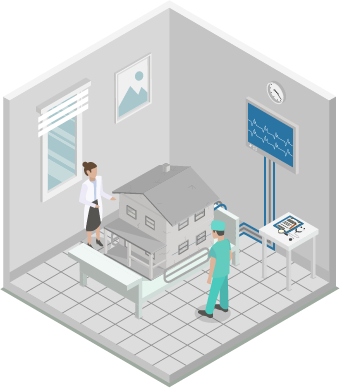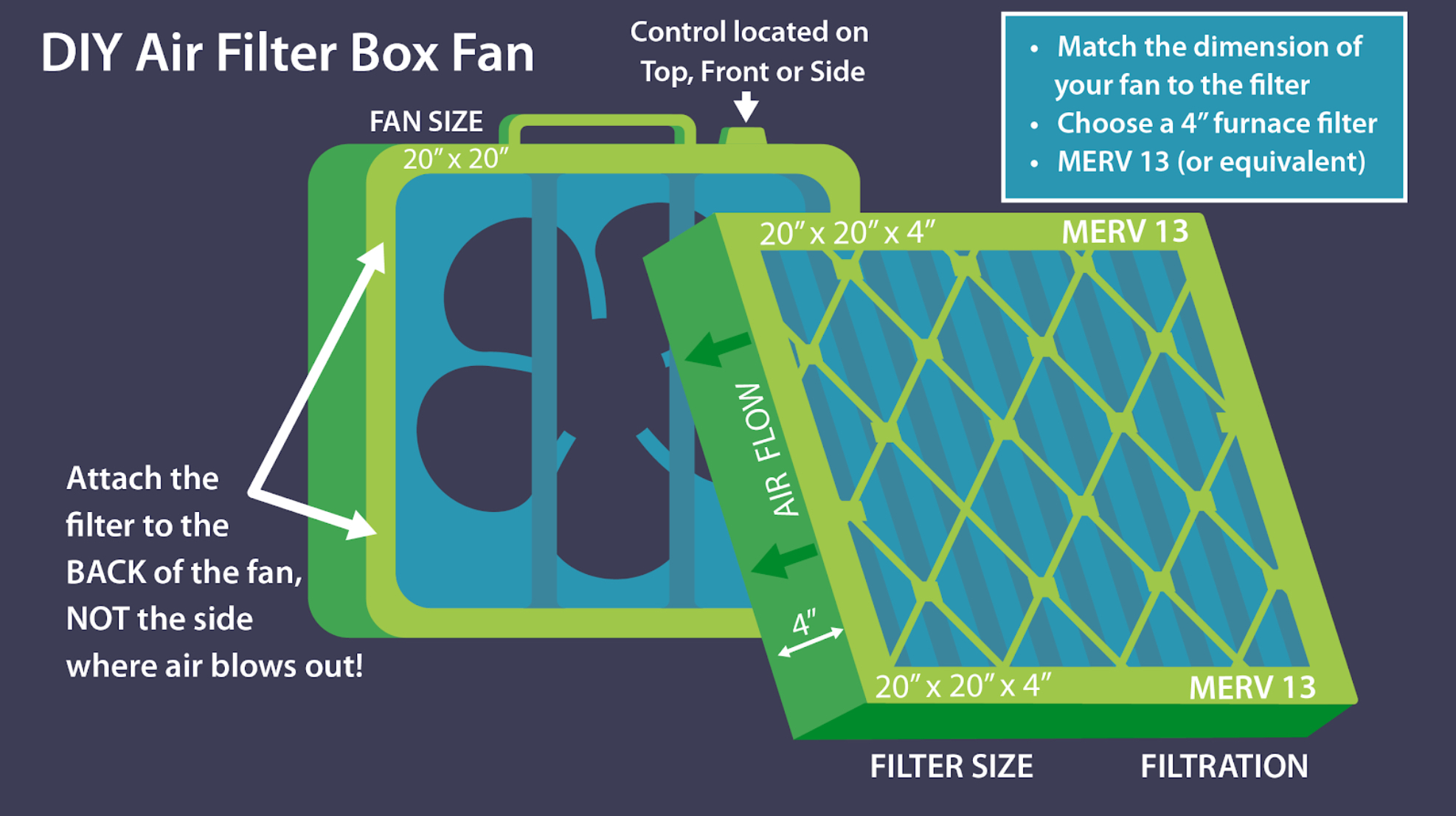Dust is a common sight in any home, and it naturally gathers on top of shelves, tables, or counters as the days pass. It can be made up of many different kinds of particles including pollen, dead skin cells, chemicals, heavy metals, fibers from clothing, and even mold spores. Dust can enter the house through leaky windows and gaps in the structure of the house, or through heating and cooling ducts, and tracked in on your clothes and shoes. Dead skin cells and pet dander are also sources of dust that are generated within the home from everyday activities. If you’re struggling to minimize dust at home, read on.
Why Dust Removal Matters
Dust, when it accumulates, is not only annoying but can trigger asthma and allergies for sufferers. It can also serve as a base for mold to grow when exposed to high levels of moisture – creating another trigger. Dust removal and prevention is important to help keep you and your family healthy at home, and prevent respiratory problems from occurring! Here are steps on how you can minimize dust at home:
-
Identify dust-prone areas around your home
Seeking out the less obvious areas for dust to gather in your home will help you identify which spots are prone to accumulating build-up. Dust can settle anywhere, so be sure to check hard-to-reach places like top shelves, closet tops, ceiling fans, and inside the cracks and crevices of cabinets. Other forgotten areas may be under the bed, and behind your appliances!
-
Get the right cleaning tools
Using the right tools for efficient dusting such as a HEPA-filtered vacuum, and washable microfiber cloths will help you capture dust effectively and stop it from simply being recirculated in your indoor air. Do your research and find out which dusting products are the best for specific parts of your home – cleaning carpets will require different tools than smooth surface floors, for example.
-
Declutter and tidy up
Clutter and knicknacks are dust magnets! Remove clutter both from surfaces and floors to help minimize dust. Don’t ignore piles of clothing, toys, magazines, books or anything else, as cleaning around them won’t take care of the dust that has settled in or on them. It’s also important to keep your closets tidy. Garments and fabrics shed lots of fibers, so it’s beneficial to store things in garment bags, containers and boxes. As a bonus, decluttering your closet serves to help prevent mold growth, too.
Finally, don’t forget to wash your bedding once a week. Dust mites love to dwell in sheets, pillows and mattresses. Encasing your mattress and box spring in an allergen-proof cover, in conjunction with washing your bedding once a week, should be enough to keep these bugs at bay.
-
Begin the dusting
Now that you’ve identified your dust prone areas, you can begin to clean. Keep this in mind when dusting any part of the house: always start from top to bottom. Clean the highest surfaces first and work your way down, so you capture any dust you may have dislocated. To dust area rugs and pillows, beat them outdoors and wear a N-95 mask to reduce breathing the particles that are released. If you have carpets, this should be the last thing you clean, as dust will settle when you’re cleaning other areas. Consider investing in a vacuum cleaner with a double-layered microfilter bag or a high-efficiency particulate air (HEPA) filter, which prevents dust from being reintroduced into the air.
-
Manage your indoor air
Air conditioning during the summer is ideal for your child with asthma, and is especially important in their bedroom. Try and avoid fans, as this circulates dust, pet dander, and other particles that can irritate your child’s airways. Before the summer heat and humidity set in, make sure to change your AC filter to a MERV 11-13.
-
Consider getting air purifiers
If you have severe allergies or asthma symptoms, an air purifier can be very beneficial to minimize dust — but that doesn’t mean you can ditch the duster! While they filter dust particles, they don’t take care of settled dust and dust mites (since they’re not airborne). Also, for an air purifier to be effective, you’ll need one for each room.
Finally: Don’t Despair!
We all struggle with controlling dust. Following these six steps should help you minimize dust in your home to ensure a healthier indoor environment for you and your family.
Hayward Score helps you discover how your home may be impacting your health in minutes – – for FREE!
Answer a quick set of questions then get a personalized list of action items. Transform your home and health today!

ARE YOU CONCERNED YOUR HOME IS MAKING YOU SICK?
Our guide on indoor quality will help you diagnose possible issues and implement intelligent solutions to improve the quality of the air inside your home.















